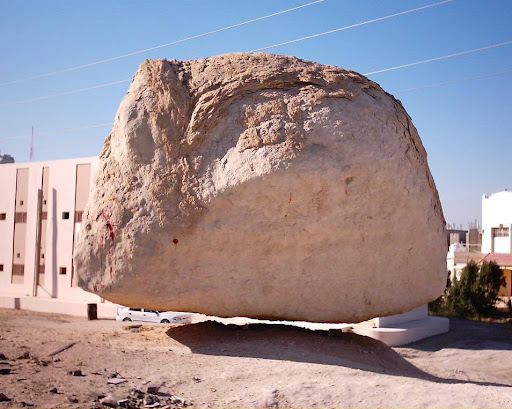The particles aren’t truly alive — but they’re not far off, either. Exposed to light and fed by chemicals, they form crystals that move, break apart and form again.
“There is a blurry frontier between active and alive,” said biophysicist Jérémie Palacci of New York University. “That is exactly the kind of question that such works raise.”
Palacci and fellow NYU physicist Paul Chaikin led a group of researchers in developing the particles, which are described Jan. 31 in Science as forming “living crystals” in the right chemical conditions.
Their experiments are rooted in the researchers’ interest in self-organizing collective behaviors, which are easier to study in controlled particle form than in schooling fish or flocking birds.
Leaving a corner of the hematite particle exposed and subjecting the compound to blue light, the particles began moving, breaking apart and reforming in a ‘lifelike’ manner. The physicists have uploaded this clip displaying the behavior of the “light-activated colloidal surfers.”



